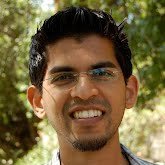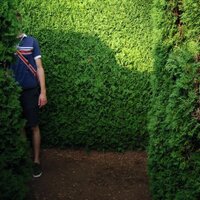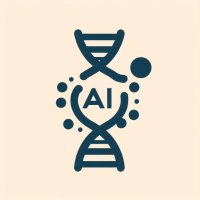
Scott_Boyd_Lab_Stanford
@scottboydlab
Scott Boyd Lab for Human Immunology research at Stanford University
ID: 1486040562285252610
25-01-2022 18:19:21
71 Tweet
641 Followers
682 Following

We just published another flu mRNA vaccine study in JVirology Editors, where we show how the mRNA vaccine platform can improve seasonal influenza vaccines. 1/2 journals.asm.org/doi/10.1128/jv…


Our updated machine learning of adaptive immune receptor data for identification of immunological diseases or exposures now uses both BCR/IGH and TCR/TRB sequences to increase accuracy. Thanks to the whole team for this major effort. Maxim Zaslavsky, Anshul Kundaje (anshulkundaje@bluesky), rob tibshirani + all.

Our new paper by Corcoran et al., just out in Immunity, reveals a high variation in human T cell receptor germline genes. The alleles vary greatly in frequency between population groups and some are, surprisingly, inherited from our archaic relatives. authors.elsevier.com/sd/article/S10…



Extremely well written manuscript from Anshul Kundaje (anshulkundaje@bluesky) and Scott_Boyd_Lab_Stanford showing how a combination of 3 ML-models can identify a variety of disease states. Many of the features are even interpretable to help informed decisions and hypothesis generation | doi.org/10.1101/2022.0…


Ulrik Stervbo (He/Him) Scott_Boyd_Lab_Stanford + Maxim Maxim Zaslavsky (his brainchild & largely his words) + the rest of the team


1/ So proud of PhDs Abigail Grootveld & Wunna Kyaw Garvan Institute of Medical Research UNSW Medicine & Health their first paper now out Cell. Amazing collab with Veera Panova & Oliver Bannard University of Oxford, David Hume UQ Medicine, Tanmay Mitra Helmholtz-Zentrum für Infektionsforschung –inaktiv & many more. cell.com/cell/fulltext/…

I am so proud of this effort driven by Oscar L Rodriguez . This has been a long time coming and I'm so delighted to finally see this paper published. So grateful for a truly amazing team and great collaborators Melissa Smith, Wayne A Marasco, & Scott_Boyd_Lab_Stanford rdcu.be/dhp4A


Antibodies are the product of evolution on two timescales: over millions of years in vertebrate populations, and within weeks of infection or 💉 in populations of B cells. We ask how those timescales interact in our paper out in PLOS Pathogens 🧵 1/n t.ly/U84Un



Today the department's newly appointed lab head Dr Prasanti Kotagiri presented her work from Scott_Boyd_Lab_Stanford Stanford University - a fascinating talk about antigenic breadth in SARS‑CoV‑2 and Crohn's disease. What a terrific start to her time here, we can't wait to see what comes next!


📢 Genome Research Update from MiLaboratories! 📢 We are happy to share that our latest research paper, "Ultrasensitive Allele Inference from Immune Repertoire Sequencing Data with MiXCR," is published in Genome Research. Our team, in collaboration with Scott_Boyd_Lab_Stanford and

How can we better predict which T-cell receptors (TCRs) will bind to specific epitopes, a crucial challenge in understanding immune responses and developing immunotherapies? Stanford University "Sequence-based TCR-Peptide Representations Using Cross-Epitope Contrastive Fine-tuning of






